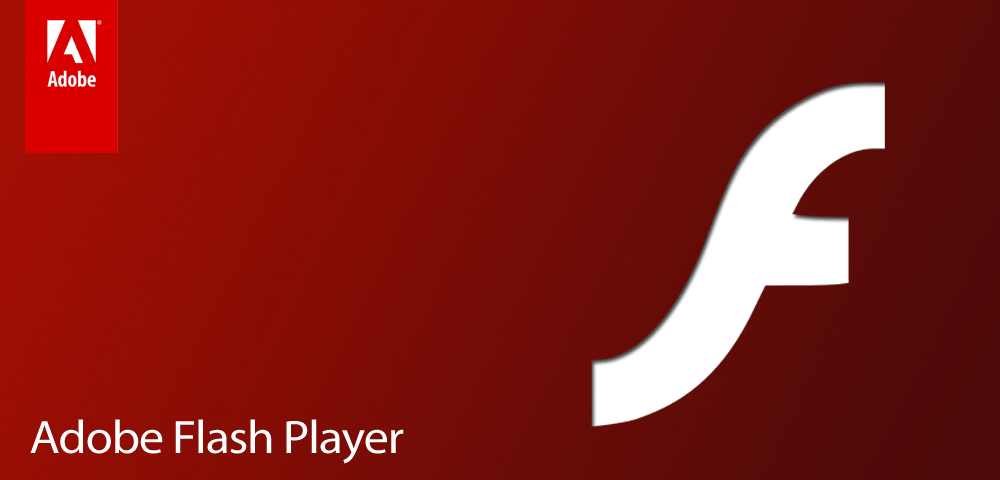Six years ago, Steve Jobs spoke a bitter truth to adobe, that sounded something like – stop trying to force Flash upon the internet users of today’s mobile era. It’s an idea and product whose time has come and gone.
Today, Google has made a decision that affirms that the internet is now indeed ready to do what Steve Jobs did all those years ago – say goodbye to Flash.
After disabling or pausing Flash plug-ins (mostly ads) late last year, Google has decided to disable the plugin all together. More specifically, by the end of 2016, Google’s Chrome browser for Windows, Mac and Linux would disable Flash (for most websites).
Chrome for Android isn’t included here because it currently doesn’t carry a Flash player – and in fact has stopped coming with it since 2012.
Why doesn’t Google want anything to do with Adobe’s Flash?
Tech rivalry things? Not at all.
There are four main reasons why Google has decided not to support Flash. First off it offers a worse performance when compared to HTLM 5. Secondly, Flash consumes more power (think of the current power situation in Nigerian and the battery life of your laptop, smartphone and tablet and you’ll see why that’s a big problem). Thirdly, switching to HTML 5 will make PC and mobile versions of websites more consistent thus invariably improving our internet surfing experience and finally and most importantly, Flash has been known for its many (seemingly unending) security issues.
How exactly will this plan be rolled out?
For websites that have both a HTLM 5 and Flash versions, Chrome will show its users only the HTML 5 version. While for the majority of websites that rely only Flash, Chrome users will be asked to enable the plug-in the first time they visit such sites.
There are 10 websites that have Flash enabled by default- that is Chrome users wouldn’t have to permit Flash to run on such sites. The reason for this is that these 10 websites are very popular and Google says it wouldn’t want to upset its users by asking them for permissions on such websites. They include, Twitch, Amazon, Youtube, Facebook and Yahoo.
However these websites have only a one year grace period during which it seems Google will block Flash by default like it does on other websites. In addition, a post on the Chromium development group, says all these changes will start with Chromium (that’s Chrome’s open source base), and after that will be extended to stable builds.






